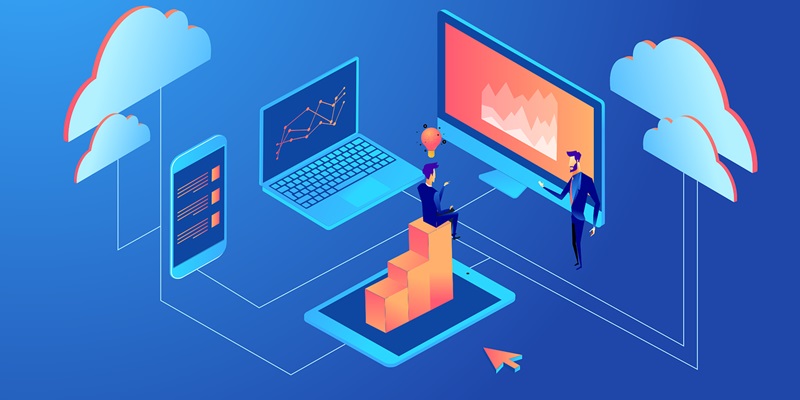Observability has emerged as a critical aspect in the realm of cloud-native applications, coinciding with the need for end-to-end visibility over the performance of an entire IT infrastructure. With the rise of complex and distributed systems, it has become imperative to monitor and analyze various components in real-time to ensure optimal functionality and deliver a seamless user experience.
The Role of Metrics
Metrics serve as crucial key performance indicators (KPIs), illuminating the intricate workings of our systems. Metrics provide valuable insights into application performance, resource utilization, response times, and other essential parameters. By leveraging metrics, organizations gain a deeper understanding of their applications, enabling them to optimize performance, detect anomalies, and make informed decisions.
The Significance of Traces
Traces act as a roadmap leading directly to the exact line of code where issues arise. In a distributed environment, tracking the flow of requests across multiple microservices can be challenging. Traces provide detailed information about the path of a request, enabling developers to quickly identify bottlenecks, diagnose performance issues, and streamline the debugging process.
The Value of Logs
Logs offer essential context by enabling developers and system administrators to trace the sequence of events leading to specific issues. They play a crucial role in diagnosing the root causes of errors, understanding system behavior, and improving overall performance. Analyzing logs helps identify patterns, anomalies, and dependencies, accelerating the troubleshooting process and facilitating proactive problem resolution.
Challenges in Monitoring Distributed Environments
Modern applications consist of multiple microservices that communicate with each other to fulfill user requests. Traditional monitoring tools often struggle to encompass the complexities of distributed environments. To achieve observability, organizations must adopt comprehensive solutions to monitor and analyze data generated by various components across the entire IT infrastructure.
The Limitations of Conventional Monitoring Tools
Conventional monitoring tools fall short in providing adequate visibility into cloud-native applications. Legacy systems lack the capabilities required to effectively monitor and manage distributed environments. These tools often fail to capture crucial metrics, traces, and logs, leaving blind spots in the application landscape. To overcome these limitations, organizations need a more robust and specialized observability solution.
Leveraging Data from Cloud-Native Applications
Cloud-native applications generate vast amounts of data, including logs, metrics, and traces. This wealth of information plays a pivotal role in gaining insights into application performance, identifying bottlenecks, and detecting anomalies. A comprehensive observability platform collects, analyzes, and presents this data in a unified manner, allowing organizations to derive meaningful insights and take proactive measures to optimize their applications.
The Need for a Holistic Monitoring Approach
Ensuring a flawless user experience, even during peak demand periods, requires a more holistic approach to monitoring. Real-time analysis of metrics, traces, and logs is crucial for identifying performance issues, bottlenecks, and potential downtime risks. Effective troubleshooting relies on end-to-end visibility across all components of the IT infrastructure, facilitating rapid identification and resolution of issues.
Importance of Choosing the Right Tool for Observability
Choosing the right observability tool is essential to overcome the challenges associated with achieving complete observability in cloud-native applications. The tool should integrate seamlessly with the existing infrastructure, provide comprehensive monitoring capabilities, and offer robust analytics and visualization features. Site24x7 emerges as a leading AI-powered, full-stack observability platform that fulfills these requirements.
Introducing Site24x7 as an AI-Powered Observability Platform
Site24x7 empowers organizations to continuously monitor all components of their IT infrastructure. This platform seamlessly captures and analyzes metrics, traces, and logs, providing real-time visibility into application performance and health. With AI-based anomaly detection and predictive analytics, Site24x7 enables proactive identification and resolution of issues, reducing downtime, and ensuring an optimal user experience.
In today’s digital landscape, achieving complete observability is crucial for the success of cloud-native applications. By leveraging metrics, traces, and logs, organizations gain in-depth insights into their systems’ performance, enabling them to promptly identify and resolve issues. By embracing an AI-powered observability platform like Site24x7, businesses can ensure optimal application performance, enhanced user experiences, and successful digital transformation.

